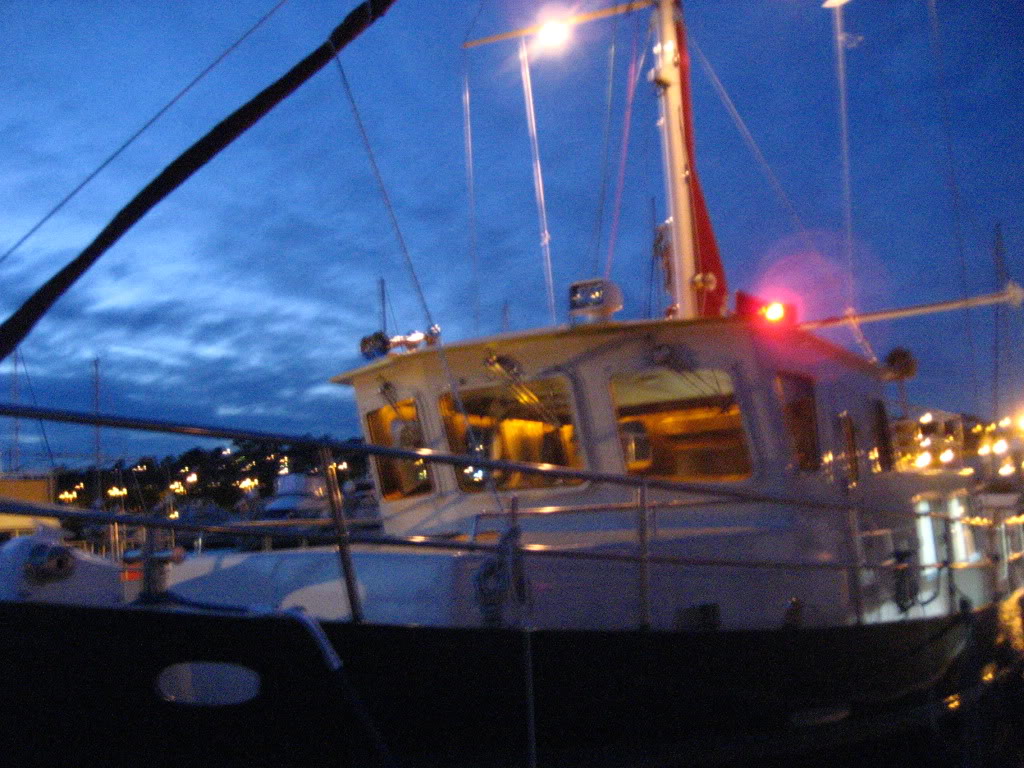tbodine88
Veteran Member
Suppose you are traveling down a river, like the Mississippi, its late and you want to stop for the night, just before sunset you happen upon an inlet that's deep enough to anchor in but shoals quickly.
How does one anchor so that when a large, fast moving tow comes by you don't end up aground in the middle of the night or worse?
Thanks.
How does one anchor so that when a large, fast moving tow comes by you don't end up aground in the middle of the night or worse?
Thanks.

